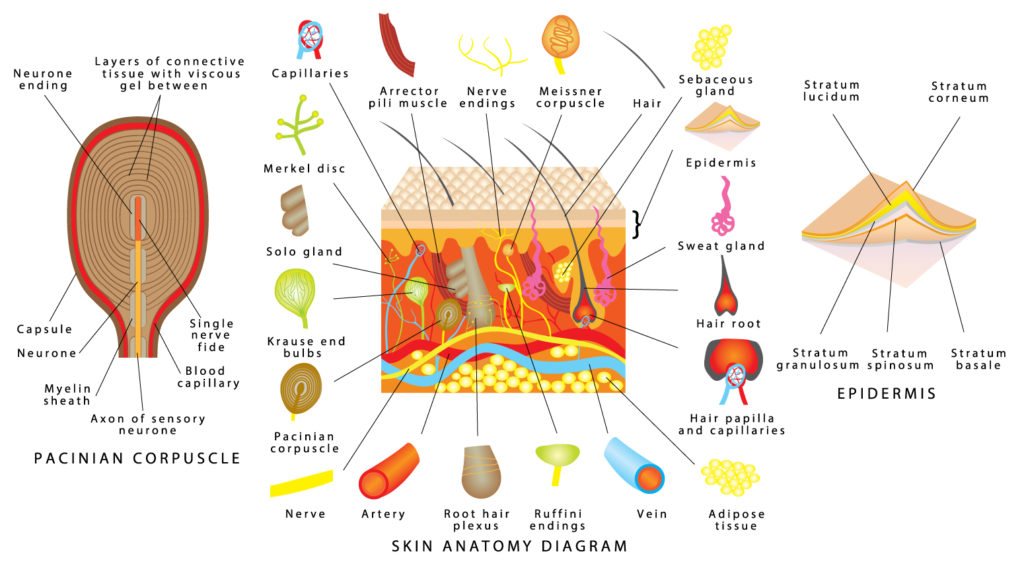Everything vibrates, but what is the purpose of the vibration?
Establishing timing for communication, mapping of temporal (time) and spatial (space) information, decision-making processes (action vs. consequences), adjustment of processing errors. Although all cells vibrate, not all cells are required to vibrate at specific frequencies or oscillations to synchronize with the rest of the cells. In VCT, we go beyond the generic cell resonance theory to identify clock-based cell processes and provide mechanical vibration from unweighted tuning forks to activate vibration-based sensors in the body.
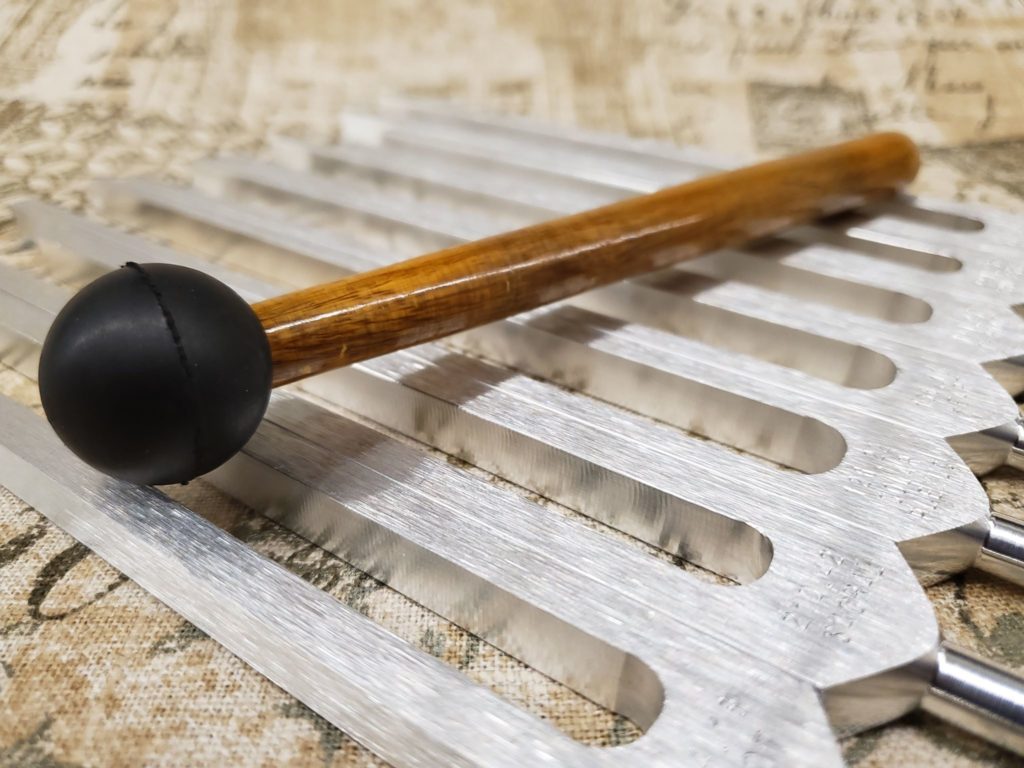
Sound-based healing methods use mechanical vibration to affect changes and conditions within the physical body
When using mechanical vibration as a healing source, we should focus on parts of the body which respond to mechanical or tactile sensory input from our external environment. In VCT, we focus on the two senses designed to receive mechanical input. Touch (tactile) skin sensor processing system and our auditory processing system. We refer to the entire processing system from the individual sensors located in the skin throughout the body (and inner ear), delivery of sensory information to their associated processing centers in the brain, and the mapping and decision-making process within those centers. In VCT, we perform protocols with unweighted tuning forks held 3-5 inches above the skin to activate vibro-tactile skin sensors and near the ears to activate the auditory sensors in the inner ear.
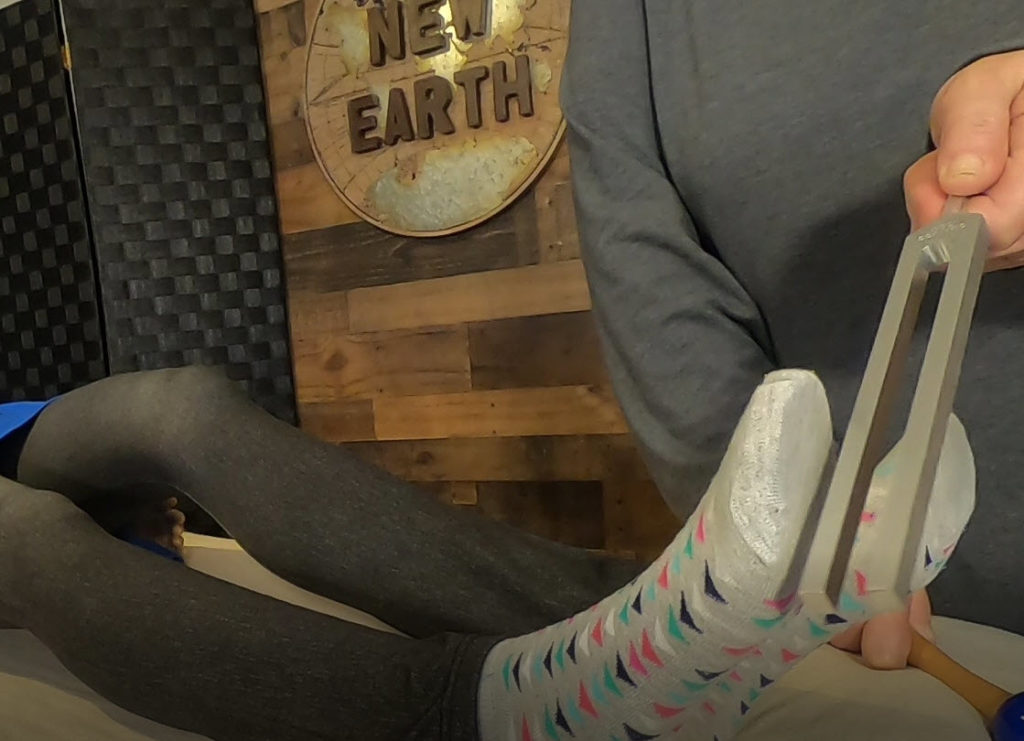
Incoming mechanical vibration has two main characteristics: Time and Intensity (volume)
In a typical visual representation of a sound wave, we see time represented on the X-axis (left to right) and intensity represented on the Y-axis (up and down). Both time and intensity are recorded by the sensors, transmitted to the processing center, and both characteristics are used for mapping and decision-making processes in the brain.
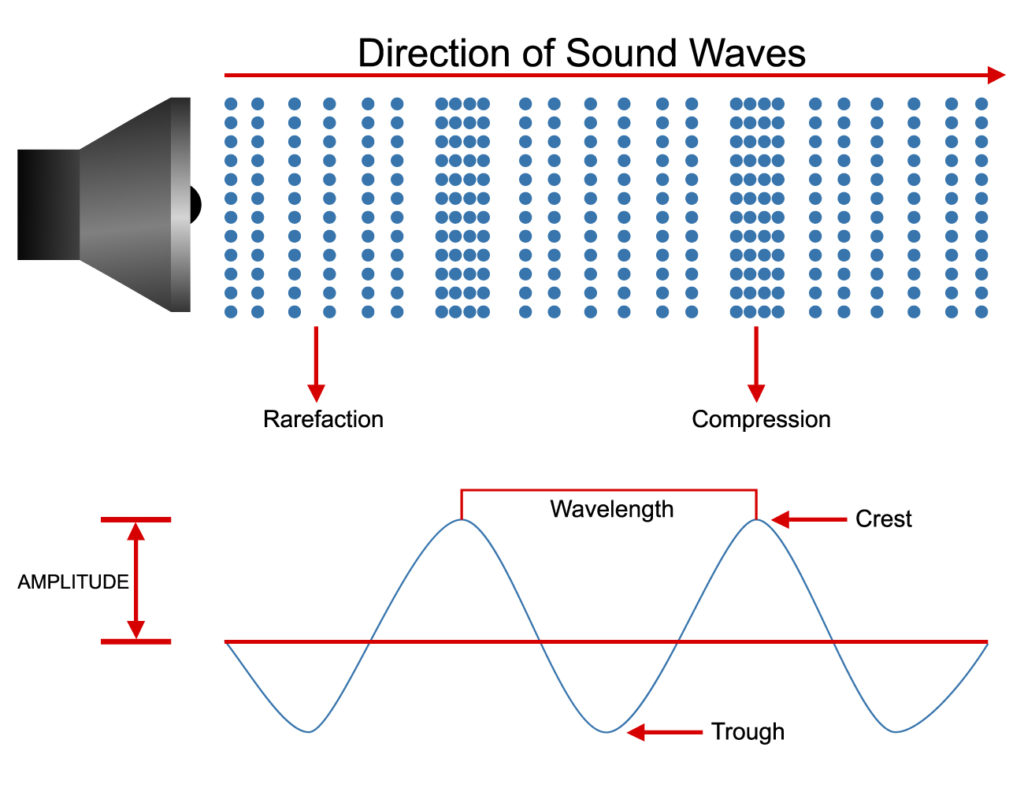
Our brain uses a prediction system to anticipate future events and form perceptions of current events
This prediction coding system maps our external environment using information from nerve sensors (touch, temperature, pain, position) and special senses (hearing, visual, smell, taste, equilibrium). Prediction coding is based on past and current input to form perceptions of each individual episode of events as they occur in real time. As each event unfolds as input from our external sensors, a prediction error is formed when incoming information does not match the existing prediction coding. If prediction errors cannot be resolved or “processed” within a pre-designated hierarchy of expectations, our brain continues to process future events with incorrect responses. The effects of unresolved prediction errors include memory loss, behavioral conditions, “stuck emotions”, muscle tremors, paralysis, hyper-sensitivity to external stimuli, talking (speech) and walking (gait) conditions, and mapping of body in space and time.
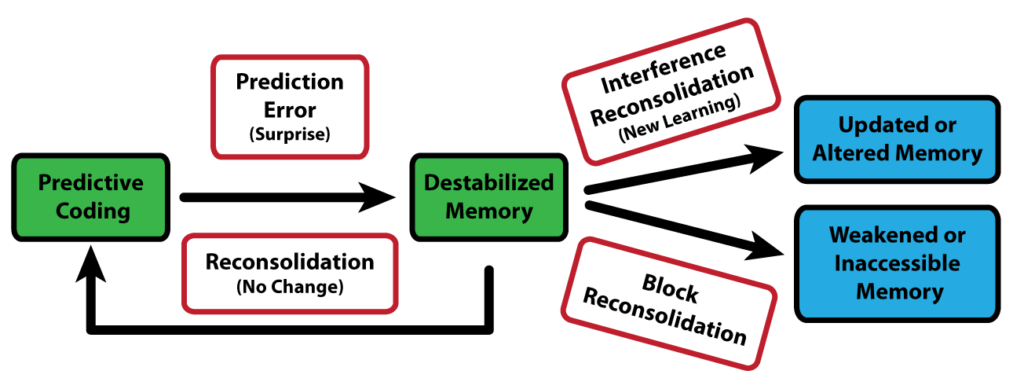
Certain biological functions require precise timing for proper communication and synchronization with other cells, tissue, and systems
Major clocks like the suprachiasmatic nucleus (SCN) in the hypothalamus of the brain establishes a circadian rhythm (about a day) to internally calibrate minor clocks located in other parts of the brain and throughout the body. External sources called zeitgebers (time givers) can influence permanent calibration of both major and minor clocks through entrainment of oscillations between the internal clock and vibrations received from external sensors. Clocks out of synchronization can maintain a “free running” condition indefinitely until calibrated by internal or external sources. In VCT, we use unweighted tuning forks to activate vibration sensors in the skin and through the auditory processing system to calibrate the timing of each clock.
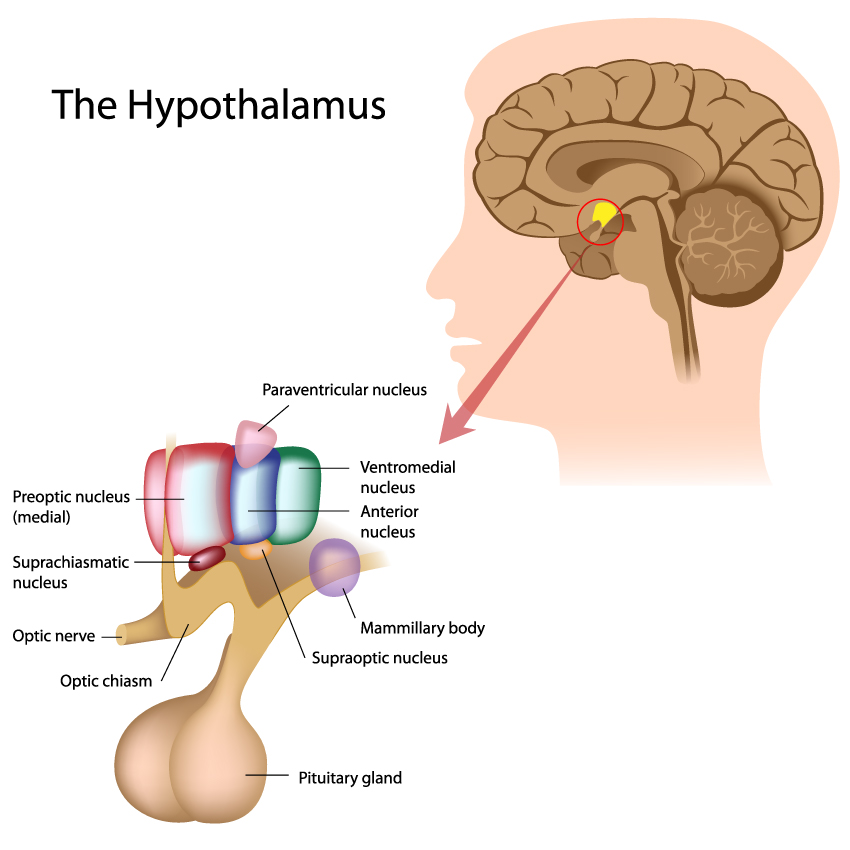
The auditory processing system requires a secondary sensory system (visual or touch) to adjust and update the temporal (time) and spatial (space) mapping used to identify location of incoming sound in both time and space
In VCT, we use unweighted tuning forks to calibrate our auditory mapping system by tracking single and multiple tuning forks across the horizontal field of vision and outside of the visual field with vibro-tactile sensors in the skin.
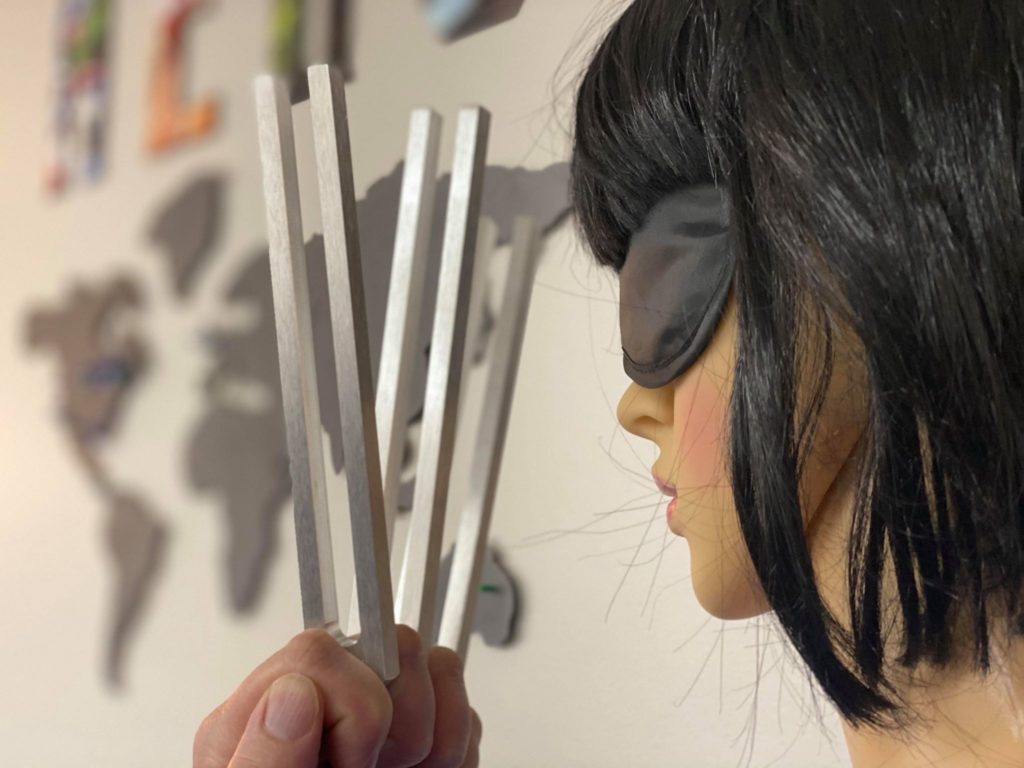
Low vibration volume (intensity) from unweighted tuning forks held in open air can only travel short distances to allow enough strength of vibration to activate vibro-tactile sensors in the skin
Sound volume (measured in decibels) from a source (tuning fork) starts with an initial level and reduce in volume level as the vibrations travel outward from the source. A typical unweighted tuning fork strike has enough strength for auditory processing, but more pressure is required to deform the vibro-tactile sensors in the skin. Since unweighted tuning forks are not pressed against the skin, the force of the air molecules within the pressure wave must be strong enough to deform the skin and further inward to deform the sensor. As a principle of sound propagation, most mechanical vibrations reflect off surfaces of greatly differing densities like the difference between the speed of sound in air and the surface of the skin. In VCT, we recognize the low intensity of unweighted tuning forks as applied to sound travel principles, and we hold the tuning forks 3-5 inches from the surface of the skin to allow for activation of vibro-tactile sensors (Pacinian corpuscles) designed to detect vibration without physical touch pressure.
